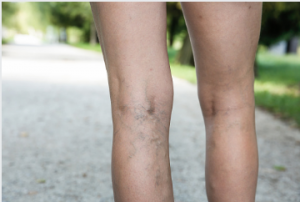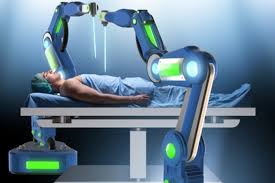When you want to get rid of your varicose veins without resorting to expensive surgical procedures, this article will discuss several methods for removing these unsightly venous anomalies. It will also cover over-the-counter natural treatments to relieve pain and promote comfort.
 Compression stockings are another varicose vein treatment South Australia option. These stockings squeeze the legs and encourage proper circulation. They are tight around the ankles and looser further up the leg, encouraging blood flow towards the heart. While they can help reduce discomfort, compression stockings can cause skin problems, such as itching and peeling.
Compression stockings are another varicose vein treatment South Australia option. These stockings squeeze the legs and encourage proper circulation. They are tight around the ankles and looser further up the leg, encouraging blood flow towards the heart. While they can help reduce discomfort, compression stockings can cause skin problems, such as itching and peeling.
Sclerotherapy
There are two types of sclerotherapy, traditional sclerotherapy and ultrasound-guided sclerotherapy. The latter involves a catheter inserted into the vein for therapeutic use. The catheter is equipped with a distal balloon that helps block blood flow in the targeted vein segment. There are also many new variations of sclerotherapy, including COMPASS therapy, which involves several diagnostic ultrasound imaging procedures and multiple sclerotherapy treatments. Patients should note that this treatment may require multiple weeks or months of treatment.
Patients with saphenofemoral reflux should first undergo ultrasound imaging or duplex scanning to determine the presence of venous reflux. Ultrasound imaging can detect the condition in deep and superficial veins. Then, a physician can perform the procedure. After the successful procedure, the patient will undergo a clinical evaluation to assess the efficacy of the treatment. The therapy outcome is evaluated using a venous severity score that rates nine clinical characteristics of venous reflux. This score is not necessarily linear; each condition’s severity will be weighed individually.
Compression stockings and elevation of the leg are beneficial during the recovery period. This treatment is considered painless and generally covered by insurance companies. If you are concerned about sclerotherapy or you’re afraid of the procedure, you can schedule a consultation with a physician and discuss your treatment options.
Laser ablation
This procedure involves passing a thin fibre through a small incision into the varicose vein. The laser fibre is then attached to the leaky valve and gradually withdrawn. The laser energy penetrates the vein, sealing it shut and eliminating venous reflux, and the procedure is usually performed below the knee but can also be performed at ankle level. After the procedure, a saltwater solution containing an anesthetic agent is injected into the affected vein. Once the salt water has been injected, laser ablation or radiofrequency ablation can be performed.
The procedure uses endovenous laser energy to seal off incompetent veins. Side effects can include brown hyperpigmentation and clots in the deep veins. A patient should discuss possible side effects with their physician. A side effect of the procedure may include temporary numbness in the skin over the vein branch. Laser ablation is often performed in conjunction with other treatment options. This procedure can improve your overall quality of life by reducing leg pain.
Endovenous laser therapy, also known as endovenous laser therapy, is a minimally invasive procedure that is one of the most effective treatments for varicose veins. The procedure uses precision laser energy to destroy the diseased vein, causing blood flow to reroute to healthy veins. The results can be seen as early as one week following the procedure, although full recovery may take several weeks or months.
Ambulatory phlebectomy
Phlebectomy is amazingly a minimally invasive procedure that removes varicose veins. The surgeon inserts a hook, the size of a pencil eraser, into the vein and pulls it out with a specialised hook. The procedure can be performed on an outpatient basis, but some patients require hospitalisation after the procedure. Before the procedure begins, the patient is given a local anesthetic. The needles may burn for a short time before becoming numb.
Patients with this varicose vein treatment South Australia procedure may experience minor redness, hive-like swelling, or blisters on the affected area. The redness may extend beyond the injection area and should be treated as soon as possible. Patients may be asked to wear compression hoses for at least a week after the procedure to help recover. The area may also look shiny or lumpy.

